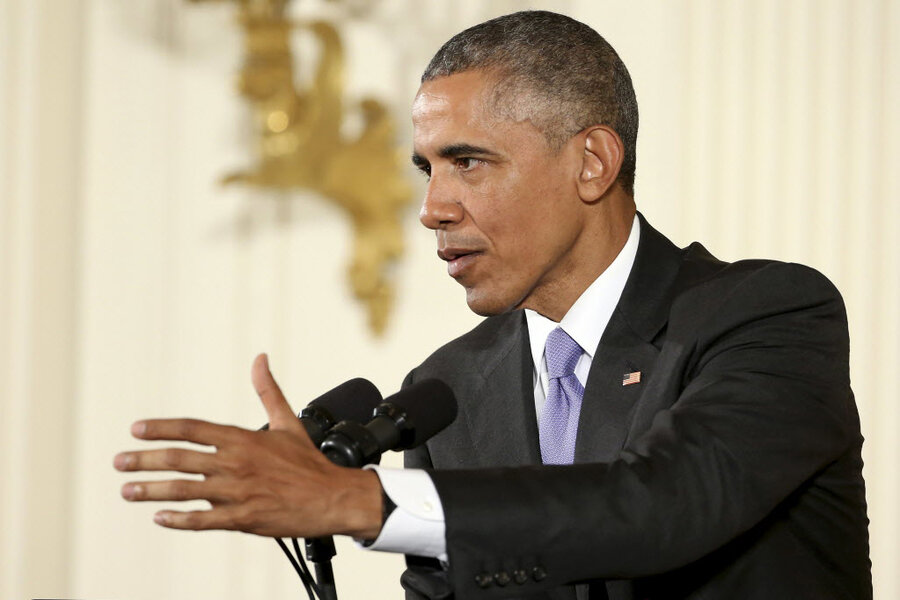President Obama wants to build world's fastest supercomputer
Loading...
President Obama issued an executive order Wednesday for the United States to build the world’s fastest computer over the next decade.
Mr. Obama has created the National Strategic Computing Initiative to help the country lead in the development of High-Performance Computing (HPC) systems.
Competitiveness in this field remains “essential to economic competitiveness, scientific discovery and national security,” the White House announced Wednesday.
The initiative includes two key goals.
First: to increase the speed of calculations to one exaflop (1018 arithmetic operations per second). This is about 30 times quicker than today’s fastest machines, according to Wired.
Second: to “efficiently manipulate vast and rapidly increasing quantities of both numerical and non-numerical data.”
“By strategically investing now, we can prepare for increasing computing demands and emerging technological challenges, building the foundation for sustained US leadership for decades to come, while also expanding the role of high-performance computing to address the pressing challenges faced across many sectors.”
To date, the use of HPC has focused on simulating complex natural and technological systems, such as “galaxies, weather and climate, molecular interactions, and electric power grids,” according to the White House press release.
The computer could also aid the development of personalized medicines, tailored to specific individuals, Richard Kenway, a mathematical physicist at the University of Edinburgh in Britain told the BBC.
“Today, drugs are designed for the average human and they work OK for some people but not others,” Professor Kenway said.
According to Wired, “the specifics [of the program] are thin on the ground at the moment” but government agencies are on course to collaborate.
Wired reports this initiative will “bring together scientists and government agencies such as the Department of Energy, Department of Defense and the National Science Foundation to create a common agenda for pushing the field forward.”





